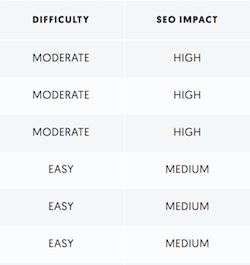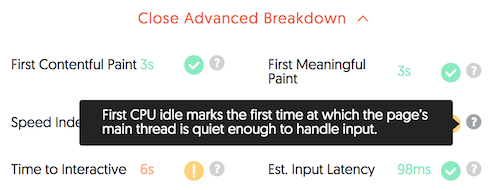People, of course, love storytelling. It holds them their interest and makes learning easier and more intuitive.
How does this relate to marketing. Well, storytelling is the very essence of content marketing. You are telling the story of your brand and what it can do for customers.
Strategic StorytellingStorytelling helps content marketers:
- Sell or market
- Share customer successes
- Create a sense of urgency
- Educate, coach, and mentor
- Entertain and amuse
- Energize, inspire, and spur to action
What matters in storytelling and marketing is how you make people feel and what impression you leave them with. It can shape their image of your brand in people's minds and have your audience associate it with strong emotions that provoke them to action.
Great storytelling relies upon emotion. It can make something that should be dull sing or make what sounds trivial seem epic and important. Empathy is the key. We all connect and feel for each other. By using content marketing to forge an emotional bond with your customers, you become more likely to earn their brand loyalty.
Marketing is a conversation, and conversations almost always include storytelling. Look at it strategically.
- What emotions are you looking to stir with your content?
- Are you looking to educate your audience?
- Inspire or energize them?
- Are you informing them about the latest industry trends or software updates?
Storytelling can help with all of that.
Put together a strategy of what you want to achieve and how your content marketing can accomplish that.
How do you know how well you are doing?
Some customers might give you direct feedback, but you can always rely on your metrics and data to see if you have properly gauged what works with your customers.
Important Things to Remember about StorytellingWhen it comes to content marketing and storytelling, it does not always have to come down to just written content. You have a variety of mediums to use and see which better suits your audience. You might try videos, podcasts, songs, demos, and more. And, written content can come in many forms:
- Emails
- Landing pages
- Ebooks
- White papers
- Text messages
- Social media posts
- Newsletters
- Scripts
- And more
Do not limit your imagination and thinking. Let your metrics, instincts, and strategy guide you toward the content forms that will work best for your audience and business needs.
As such, don't think that you need to be doing B2C to harness the power of emotion and it isn't right for B2B. Sometimes, you might be dealing with a mix of B2C and B2B, especially with the line between them blurring all the time. Besides, there is room for emotion in B2B, even if you are only pointing out how your brand can help make someone's life and job easier and aid them in achieving success. Ambition, having goals, wanting to do better at your endeavors, and relieving stress are all emotional things. Feel free to tell a story about them.
Also of importance, remember that you can have the best content in the world, but it will mean nothing if its presentation is bad. So, your content, regardless of its form, needs to be easy to read, understand, listen to, see, and engage with.
What Goes into Every StoryEmpathy makes us care for others and the people in stories. We understand and sympathize with them. We see ourselves in them. That allows emotions to stir us up and makes us understand the lesson or message you want to impart and causes us to take the action you wish us to.
Thus, empathy and emotion must go into every story. They make good stories great and more memorable, and make content marketing more effective and powerful.
Find out more about the usefulness of storytelling and emotion in content creation and how they create a softer sell with “The Art of the Soft Sell in Content Creation and Inbound Marketing.”
from Oracle Blogs | Oracle Marketing Cloud http://bit.ly/2QCwIaQ
via IFTTT


























 Subscribe
Subscribe